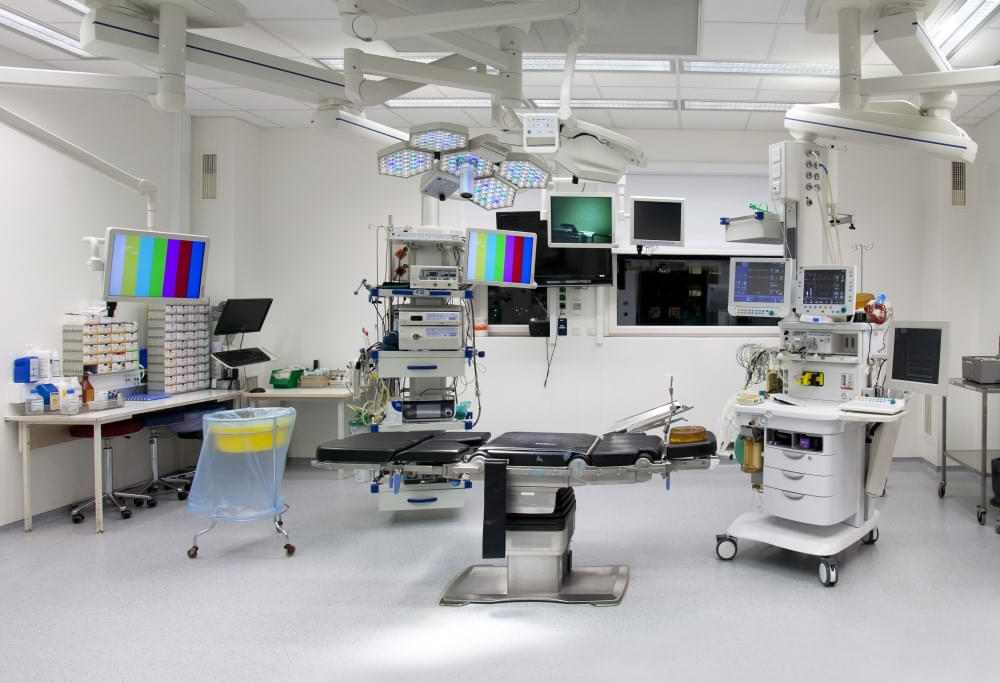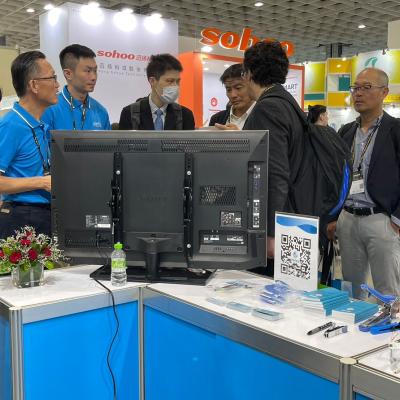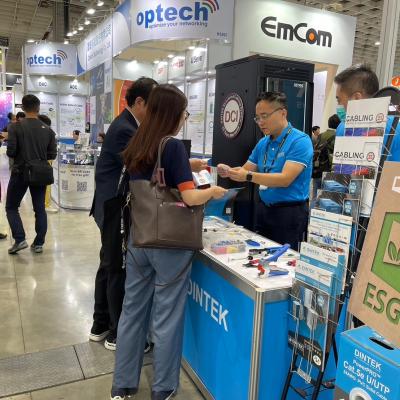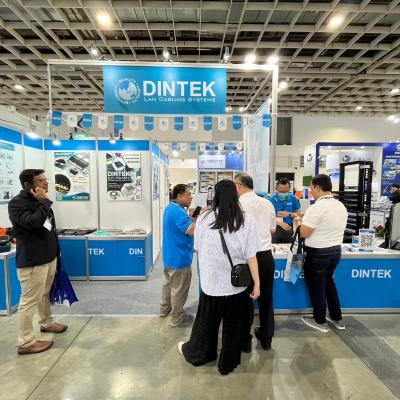Understanding the ANSI/TIA-1179 Cabling Standard for Healthcare Facilities

Why a Separate Standard for Healthcare?
Healthcare facilities face unique challenges that distinguish them from typical commercial buildings. These complexities necessitate a tailored standard that ensures performance, scalability, safety, and maintainability.
High Device Density
Modern healthcare environments contain a large number of connected devices, including patient monitoring systems, imaging equipment, electronic medical records systems, and more.
Critical System Uptime
Network downtime can directly impact patient care, making high availability and redundancy essential.
Regulatory Compliance
Facilities must comply with regulations such as HIPAA, which have implications for network security and data transmission.
Electromagnetic Interference (EMI)
Hospitals often contain equipment that is sensitive to EMI, requiring special consideration for cabling type and routing.
Diverse Functional Spaces
From operating rooms and imaging suites to labs and administrative offices, each area has distinct network requirements.
These complexities necessitate a tailored standard that ensures performance, scalability, safety and maintainability.
Core Components of ANSI/TIA-1179
Work Area Outlet Density Guidelines
The standard specifies different outlet densities depending on the type of healthcare space. It divides healthcare areas into classifications such as basic care, intermediate care, critical care, and specialty care. For example:
Patient Rooms: Minimum of two telecommunications outlets.
Operating Rooms, Imaging Suites: Often require four or more outlets.
Nurse Stations and Laboratories: Can require even higher densities due to device concentration.
This granularity ensures the infrastructure supports present and future equipment needs without excessive overbuilding.

Backbone and Horizontal Cabling Recommendations
Horizontal Cabling: Must follow best practices as outlined in ANSI/TIA-568, with a strong recommendation for Category 6 or higher. Cat6A is recommended in environments expecting high bandwidth applications like digital imaging.
Backbone Cabling: Fiber is typically preferred due to higher bandwidth and EMI resistance. The standard also accommodates multimode and singlemode fiber depending on required transmission distances.
Pathways and Spaces
Telecommunications Rooms (TRs): Each floor should have at least one TR, with additional TRs as needed for large or segmented spaces.
Equipment Rooms: Must accommodate centralized systems such as servers, VoIP PBXs, and nurse call system controllers.
Zone Distribution Areas (ZDAs): Recommended in larger areas to provide flexibility for future growth and easier management.
Redundancy and Reliability Requirements
- Redundant cabling paths.
- Backup power for critical network equipment.
- Environmental controls (e.g., cooling and fire suppression) in telecom spaces.
Electromagnetic Interference (EMI) Mitigation
Given the prevalence of sensitive medical electronics, the standard recommends:
- Using shielded cables in high-EMI areas.
- Careful routing of cable paths to avoid power lines and generators.
Adhering to minimum separation distances between telecommunications and electrical systems.
Labeling and Administration
Consistent with ANSI/TIA-606, the standard calls for structured labeling schemes and documentation practices to ensure easy maintenance, upgrades, and troubleshooting.
Future-Proofing
To accommodate the rapid pace of healthcare technology evolution, ANSI/TIA-1179 encourages:
Installing extra conduit or cable trays.
Using modular cabling components.
Deploying higher-performance cabling (e.g., Cat6A or fiber) to allow for 10 Gbps or higher transmission speeds.
Compliance and Interoperability
While ANSI/TIA-1179 is a U.S.-based standard, it aligns well with international cabling guidelines and can coexist with standards such as ISO/IEC 11801. It is not a regulatory requirement, but following it can help healthcare organizations meet compliance goals, streamline audits, and enhance operational efficiency.
Conclusion
ANSI/TIA-1179 provides a structured, scalable, and standards-based approach to cabling in healthcare environments. By addressing the specific challenges of high device density, critical uptime, and diverse functional areas, it ensures that healthcare facilities can meet both current operational demands and future technological growth. Implementing this standard not only improves network performance and reliability but also enhances patient care by ensuring seamless connectivity of essential systems.







